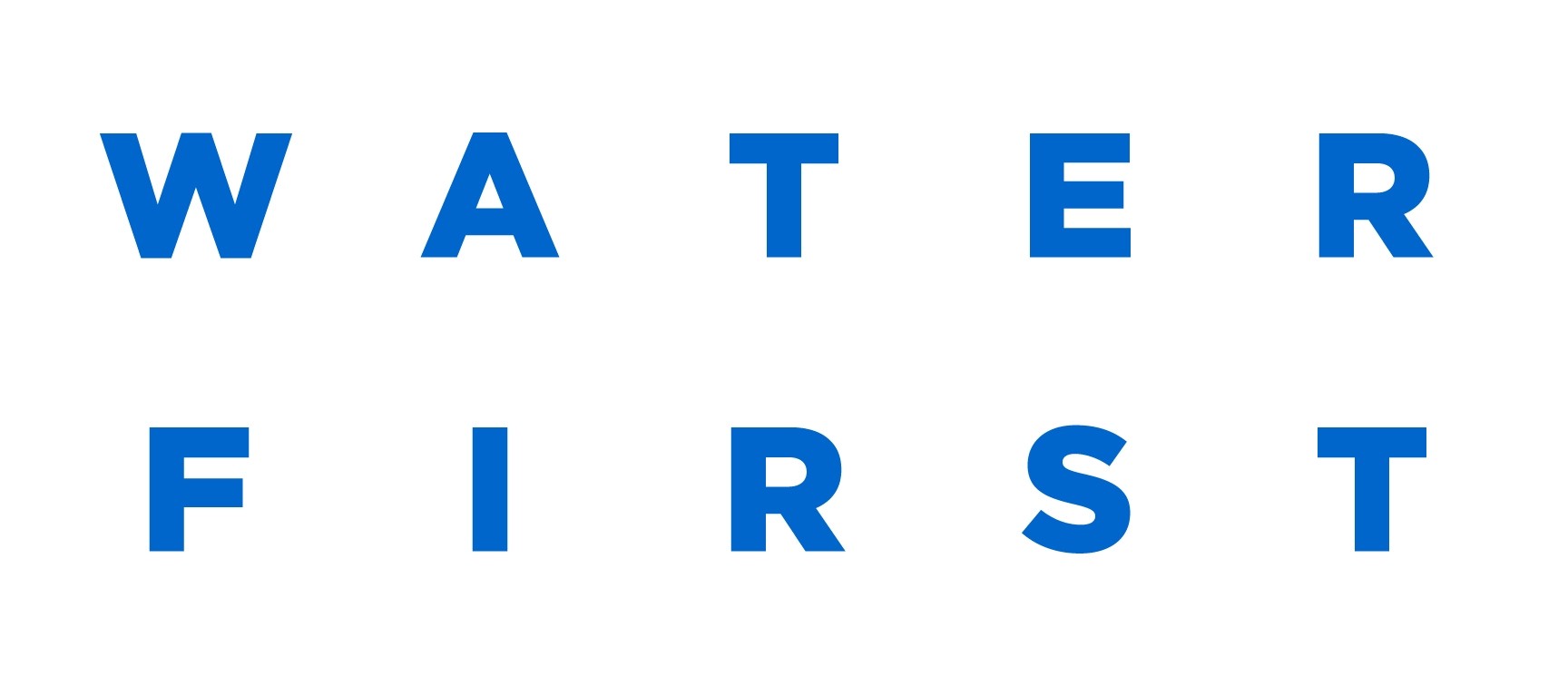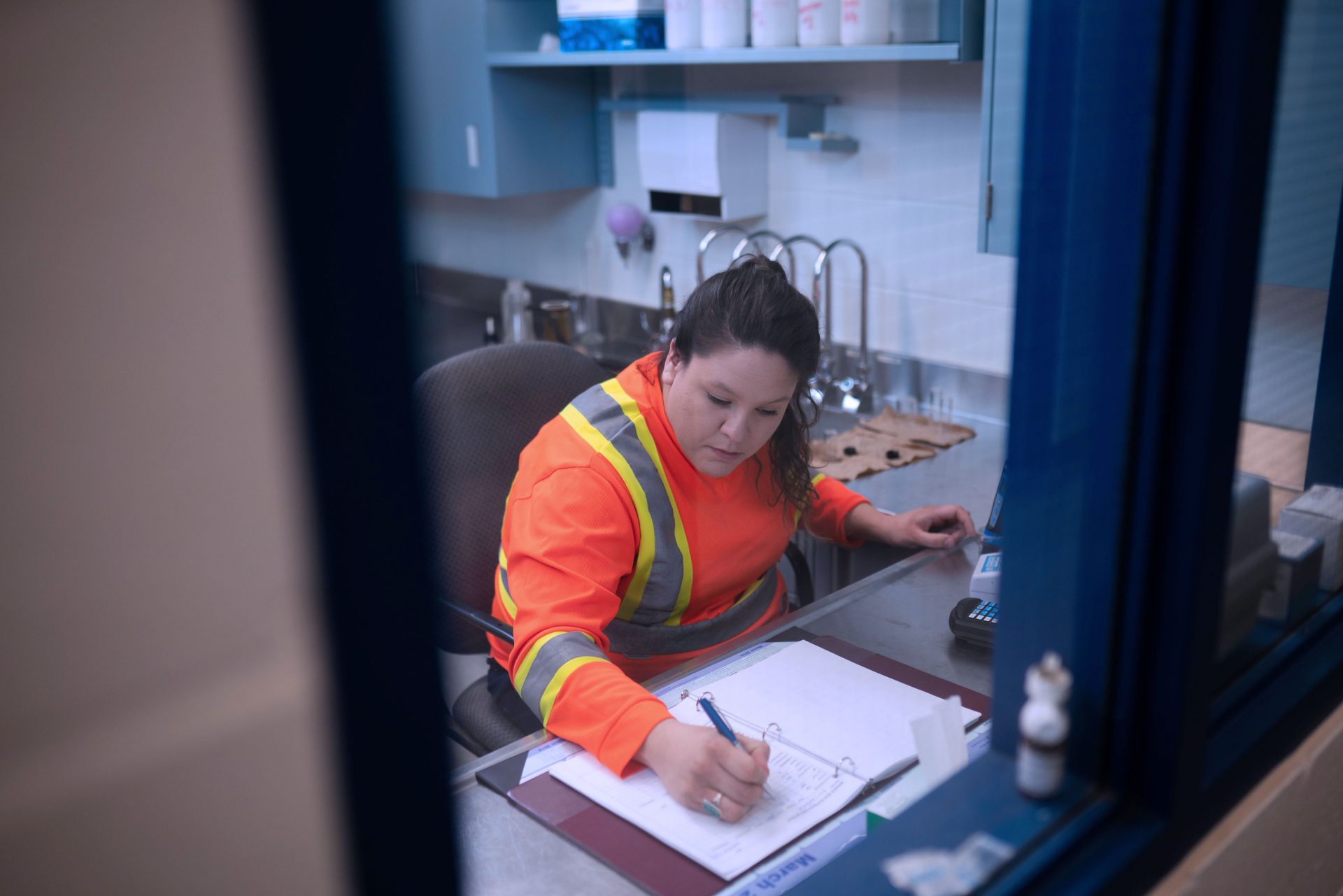Frequently Asked Questions
About Water First
Water First is guided by the Indigenous youth and young adults who participate in our programs, our Indigenous staff and board members, local Indigenous community partners, and by members of our Indigenous Advisory Council. Our collaborations are built on respect and meaningful partnerships, with Indigenous youth and community partners at the heart of our work. While we strive to meaningfully engage with many Indigenous individuals through our work, we do not identify as an Indigenous-led organization.
Originally called Tin Roof Global, the organization was created in 2009 to bring drinking water to rural schools in Uganda. We trained local volunteers on how to operate and maintain the water and sanitation systems we installed.
Water First began working with First Nations in Canada in 2012, after being challenged on many occasions about why we weren’t working with communities here at home experiencing water challenges.
Our projects with Indigenous communities were small at first, but within a few years accounted for 90% of program resources. In 2016, Tin Roof Global changed its name to Water First Education & Training and changed its mandate to work solely with Indigenous communities in Canada.
Water First focuses on technical skills training in the fields of both drinking water and environmental water, as well as water science education for Indigenous youth.
The water challenges faced by many Indigenous communities in Canada are complex. In some communities, the concern may be around infrastructure, for others source water concerns. And some communities have challenges with capacity and training.
Infrastructure alone cannot solve the water crisis; the people who run the systems are critical. Many Indigenous communities in Canada have identified the need for more young, qualified, and local personnel to support solving water issues, independently and for the long term. However, there is a lack of locally available opportunities for young adults to gain the relevant skills and experiences.
Our work alone is not a solution to the water crisis facing many Indigenous communities, but supporting the training and education of the next generation of water plant operators has been identified by many communities as critical to the sustainability of local efforts to provide safe & clean drinking water.
Water First is a non-profit organization and is funded through a combination of government grants and private donors. In our fiscal year 2021/2022, our funding breakdown was as follows:

In our fiscal year 2021/2022, our spending breakdown was as follows:

We don’t share donor or community information to any third party without permission. All staff respect the importance of maintaining this confidentiality and follow internal processes to adhere to this. For more information, please read our privacy policy.
Canadians can help first and foremost by learning about the water crisis. To continue conversations that raise awareness and become an advocate for change.
Research and establish connections with affected communities to learn the real story — the history of the issue, the complexity and severity, and what communities believe would resolve their problems. There is no one-size-fits-all solution, each communities’ circumstances and lived experiences are different.
Last but not least, support organizations that you feel are making a difference in this space by donating, fundraising or volunteering.
We truly appreciate the interest in becoming involved in our work. However, at the moment, we do not host volunteers in the Indigenous communities where we work.
We are inspired by the strong interest of many Canadians to support Indigenous communities in addressing local water challenges by volunteering their time and skills. In an effort to honour and respect the meaningful partnerships our program staff have formed with Indigenous communities across Canada, we are unable to offer volunteer opportunities to the public.
About Our Programs
Partnerships between communities and Water First begin in a variety of different ways. Sometimes Water First reaches out to a community or a group of communities like a tribal council, and other times the communities themselves reach out to Water First.
We do whatever we need to, to collaborate and help the community to train and educate young Indigenous adults or school children in concepts related to water science and resource management.
Since 2009, Water First has collaborated with numerous Indigenous communities and education gatherings across Canada on a variety of water education and training projects. Check out our map to see all the locations.
- 35 interns from 25 Indigenous communities certified as Operators-in-Training
- 50,000 hours of hands-on training in water treatment plants to date
The Internship also looks beyond technical skills, providing interns with support in areas such as resume writing, employment coaching, and networking opportunities. Wrap-around supports are provided, like transportation and access to childcare services, to ensure the program works for a diverse set of participants.
The learning doesn’t stop when the program finishes. Many of our graduates have continued to pursue further certifications after completing the program. Through the Water First Alumni Network, they can remain engaged, build local networks, and access opportunities for ongoing professional development and peer support.
Last updated September 2022.
- 8 fish habitat restoration training projects.
- 17 water quality related training projects.
Building trust and nurturing meaningful relationships is at the heart of our work. Our approach of consultation, collaboration, and alignment to long-term goals and training needs sets us apart. It is more challenging to deliver.
However, our program helps to strengthen communities in a meaningful way with sustainable outcomes. This puts our Indigenous partners well on their way toward a more active role in managing and stewarding the water resources for the long term.
Last updated September 2022.
- 55 programs have been delivered to date, engaging 4,656 students.
- 9 high school credits have been earned through a pilot program in 2021.
- Approximately 700 more students to be engaged by the end of summer 2022 in 9 more communities.
Water First is honoured to have engaged with schools in over 30 communities in Ontario, Quebec, Labrador, and Manitoba, so far. Witnessing students’ excitement and interest in the field of water science is inspiring.
Where possible, we have students visit local water bodies, speak with interns from other Water First programs, as well as arrange tours of local water and wastewater treatment plants. Through these experiences, they learn about the role they can play, as students and as emerging scientists, in protecting their water resources.
Last updated September 2022.
About Donating or Fundraising
It’s automatic! When setting up your monthly donation you can choose a start date. Your monthly gift will be made every month on your chosen date.
Don’t worry, you can contact us to adjust monthly donations in your account at any time.
Yes. As a dedicated monthly donor you can choose to support the greatest need at the time of donation or, you can support any three of our core program areas.
Yes! You will be able to choose between receiving a tax receipt every month or getting a cumulative receipt for your monthly donations via email at the end of December.
Donations can be made by cheque or cash and collected by the host fundraiser or sent to:
Water First Education & Training
10 Francis Street East
Creemore, ON L0M 1G0
(or come drop it off and meet the team).
You can share the link to your fundraising page on any social media platform, send through email, or text it to a friend. Be sure to tag @waterfirstngo on social media!
About Water Quality
Tests can be used to determine water quality indicators such as Escherichia coli (E. coli) & total coliforms, chlorine levels, turbidity (how murky the water is), and the presence of iron & manganese.
Additional tests can determine the levels of organic materials, inorganic chemicals, radionuclide content, and other contaminants.
It is usually hard to remove pollutants once the water is contaminated. The most common methods of removing pollution (organic material, bacteria, etc.) from drinking water are through sedimentation and filtration.
Pollutants that float on the water surface, like oil spills, can be removed using booms and skimmers. Booms are floating barriers placed around the oil or the source of the leak so that skimmers (vacuum machines, sponges, oil-absorbent ropes, etc.) can remove the contaminant from the water.
Contaminants that have settled to the bottom of the water can be removed by dredging. In this process, the contaminated sediment is removed and treated offsite.
Drinking water advisories are put in place for many reasons. A community may issue an advisory if there are problems in the whole water system, such as a water line break, equipment failure, or poor filtration or disinfection when water is treated.
A community may also issue an advisory when it does not have someone trained to run the water system or someone trained to test and ensure the quality of the drinking water.
Source: https://www.sac-isc.gc.ca
There are 3 types of drinking water advisories:
- boil water advisories
- do not consume advisories
- do not use advisories
Boil water advisories
Boil water advisories are issued when there are problems with the water treatment system, such as chlorine levels that are too low, or water test results confirm the presence of disease-causing viruses, bacteria, or parasites
Do not consume advisories
Do not consume advisories are issued when the water system has contaminants, like lead, that can’t be removed from the water by boiling.
Do not use advisories
Do not use advisories warn the public that they should not use their tap water for any reason. A do not use advisory is issued when using the water poses a health risk and the water system has pollutants that can’t be removed through boiling.
Source: https://www.sac-isc.gc.ca
About the Indigenous Water Crisis
Drinking water advisory statistics are for federally maintained systems on First Nations reserve lands only. These numbers do not include private systems or systems in Inuit communities.
Drinking water advisories include short-term (under 1 year) and long-term (more than 1 year) boil water advisories, do not consume advisories, and do not use advisories for First Nation communities in Canada.
Calculating the number of drinking water advisories is a complex process. Water First relies on information from several different sources.
Sources: www.watertoday.ca, www.sac-isc.ca, www.fnha.ca.
Last Updated: May 2023
Wastewater from industrial facilities has the potential to contaminate nearby watersheds, and even the local water supply, if not treated and discharged properly. This contamination can lead to a drinking water advisory and may result in other health problems.
Water can be undrinkable when it contains harmful microorganisms from anthropogenic sources like sewage effluent or agricultural processes or that are naturally occurring in the water but haven’t been properly treated.
The health effects of drinking contaminated water can range from no physical impact to severe illness or even death.
Drinking water with dangerous bacteria or parasites in it could result in digestive problems such as indigestion, diarrhea, or vomiting. People with weaker immune systems such as infants, the elderly or those who are already sick, can experience even more severe effects.
Poisoning from non-organic sources can lead to a wide range of issues, from skin rashes to muscle atrophy (the muscle wasting away) or even heart failure.
If contamination levels are high, symptoms may be noticed right away. However, if the levels are low, the water could be used for a long time before someone realizes it isn’t safe. The build-up of these contaminants can lead to several very serious illnesses, including cancer.
Historically, there has been a lack of public awareness and outcry about the issue. It is also important to note that every community with a drinking water advisory is different — in some areas, the challenges are much harder to address due to factors such as remoteness or a heavily contaminated source water.
The best way to inspire students is to provide them with learning experiences that create a relationship with a nearby community, or a way to develop awareness and empathy.
The government would have to ensure that relevant Indigenous issues are included in the curriculum, and teachers need to be given effective resources and training to educate students.
There have been several notable discrepancies in the treatment of Indigenous vs. non-Indigenous individuals economically, socially and politically throughout Canada’s history. Through initiatives like those of the Truth and Reconciliation Commission, some of these discrepancies have come to light.
It is much easier to address drinking water challenges in more accessible communities. From a geographical standpoint, these communities have more visibility. Sometimes more public outcry is needed for action to take place.


